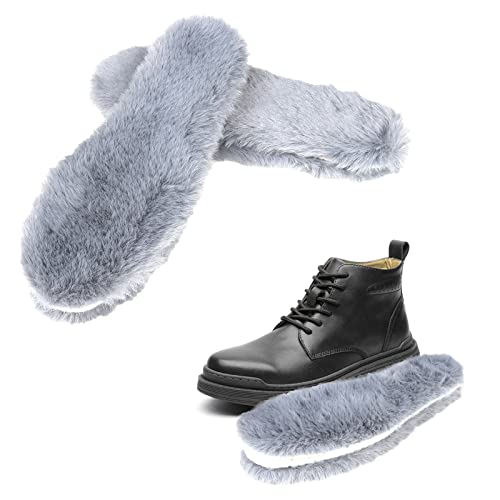Actually, from everything I've read on RT, that is really a very rare occurrence, and if it were to happen, the doe will abort the fetuses of the younger litter when she has the older. If the ages are only a day or so apart, it's possible for all to survive, but rare.
The difference in size I was talking about is not due to age, but simply the fact that one father carries the dwarf gene, and one does not. Although the mini rex may still father kits that aren't dwarfs due to the fact that dwarfs carry only one copy of the gene. (Two copies equals a peanut, which are unable to grow and die a short time after birth.) That just goes to show that if the kit is born a dwarf, you can pinpoint who is the father. If it's not a dwarf, it's anyone's guess. And you might still see magpies with the other buck if he's hiding those genes (both the chinchilla gene and the harlequin gene can be hidden by more dominant genes). If your mini Rex is a broken and your other buck is not, that will also show paternity, as that is a gene that is not able to be hidden.
And does will carry most of their litters in both uterus horns, not just one. If you've ever had to dispatch a pregnant doe, (or did so by accident when the previous owner told you they weren't bred when they were) you will usually find fetuses in both horns.






























